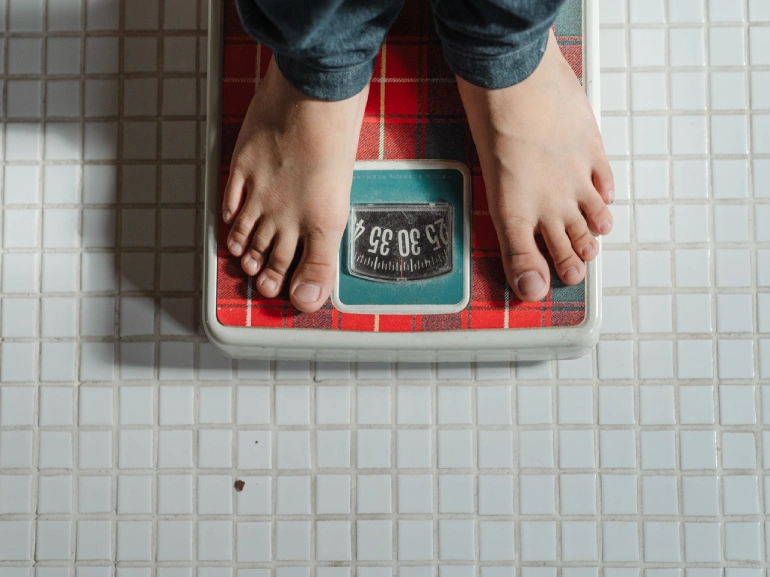Tampons have gained immense popularity, with the global market reaching a staggering $4.1 billion in 2022. These compact menstrual products offer convenience, comfort, and freedom during periods. However, proper tampon disposal poses a significant challenge.
Many wonder, “Can you flush tampons?” The answer is not as straightforward as one might think. While tampons bring undeniable benefits, their improper disposal can wreak havoc on plumbing systems and the environment. This article will delve into the hidden consequences of flushing tampons and explore safer alternatives for their disposal. It’s time to navigate the delicate balance between menstrual hygiene and environmental responsibility.

Importance of Proper Tampon Disposal
Tampons are designed to absorb menstrual blood, and thus they contain a high concentration of organic matter. Improper disposal can lead to clogging in septic systems and city sewers. Sanitary products are estimated to comprise between 4% – 15% of all sewer blockages. Such blockages can require time-consuming and expensive repairs, leading to costly plumbing bills.
Moreover, tampons are made of non-biodegradable material and take years to break down. They can end up in oceans and other bodies of water, where they contribute to microplastic pollution. Consequently, aquatic life gets affected as these plastics accumulate in their food chain. This has a detrimental impact on the entire marine ecosystem and all its inhabitants.
Can You Flush Tampons?
Risks and Consequences of Flushing Tampons
Flushing tampons can lead to plumbing disasters, causing clogs, blockages, and expensive repairs. It also contributes to environmental pollution and poses risks to marine life. Proper disposal is crucial for the well-being of your plumbing system and the planet.
What Happens When You Flush Tampons?
Plumbing nightmares unfold as tampons don’t break down easily. They can cause clogged pipes, backups, and even damage sewage systems. Beyond the plumbing chaos, flushing tampons also harms the environment, threatening ecosystems. Responsible disposal is the key to avoiding these unwanted consequences.

Why You Should Not Flush Tampons
Environmental Consequences and Impact on Water Systems
Tampon flushing poses significant environmental consequences. When flushed, tampons can end up in water systems, contributing to pollution and harming marine life. Protecting waterways requires responsible disposal of tampons in designated trash bins.
Potential Clogging and Blockage of Sewer Lines
Flushing tampons increases the risk of clogging and blockage in sewer lines. These small products do not break down easily, leading to pipe obstructions and costly repairs. Avoid the headache of plumbing issues by disposing of tampons in the trash instead.
How to Properly Dispose of Tampons
Alternative Options for Tampon Disposal
Instead of flushing tampons, consider alternative options. Wrap them in tissue or toilet paper and place them in a designated trash bin. Opting for these methods ensures proper disposal and helps prevent plumbing issues and environmental harm.
Using Tampon Disposal Bags or Wrappers
Tampon disposal bags or wrappers are specifically designed for safe and discreet disposal. Simply wrap the used tampon in the provided bag or wrapper, seal it, and dispose of it in a trash bin. These convenient solutions offer a hygienic and eco-friendly way to discard tampons.
Disposing of Tampons in Trash Bins
One of the easiest and most effective ways to dispose of tampons is by placing them in trash bins. Make sure to wrap them in toilet paper or use biodegradable bags for added hygiene and environmental consciousness. Remember to use designated bins and seal them properly to prevent any leaks or odors.
Why Flushing Tampons Harms the Environment
Flushing tampons is a harmful practice that poses significant risks to the environment. When tampons are flushed, they can end up in our waterways, contributing to pollution and ecological damage. These non-biodegradable products take a long time to decompose, causing a lasting impact on aquatic ecosystems. Additionally, the chemicals and additives in tampons can contaminate water sources, posing risks to wildlife and human health.
What You Can Flush and Cannot Flush
Can you flush toilet paper?
Yes, toilet paper is designed to break down easily in water and is generally safe to flush in moderate amounts. However, excessive amounts of toilet paper can still cause clogs and blockages, so it’s important to use a reasonable amount and ensure it is properly flushed.
What about menstrual pads?
Menstrual pads should never be flushed down the toilet. They are not designed to disintegrate in water and can lead to severe clogging of the plumbing system. It is crucial to dispose of pads in designated trash bins or use biodegradable pads that can be properly composted.
The act of flushing tampons can have detrimental consequences for both plumbing systems and the environment. To protect against clogs, blockages, and costly repairs, it is crucial to dispose of tampons properly. By embracing responsible disposal methods and choosing alternatives like tampon disposal bags or wrappers, you can prioritize the health of the plumbing infrastructure and contribute to a cleaner, more sustainable world.

Frequently Asked Questions
What brand of tampons are flushable?
There are currently no tampon brands that are recommended as flushable.
How do you dispose of used tampons?
Dispose of used tampons by wrapping them in tissue or using biodegradable disposal bags, then placing them in a designated trash bin.
What happens if I accidentally flush a tampon?
If you accidentally flush a tampon, it can cause clogs, blockages, and damage to plumbing systems.
Are tampons better than pads?
The choice between tampons and pads depends on personal preference and comfort.
Are 100% cotton tampons flushable?
No, 100% cotton tampons are not recommended for flushing. Always dispose of them in designated trash bins.



